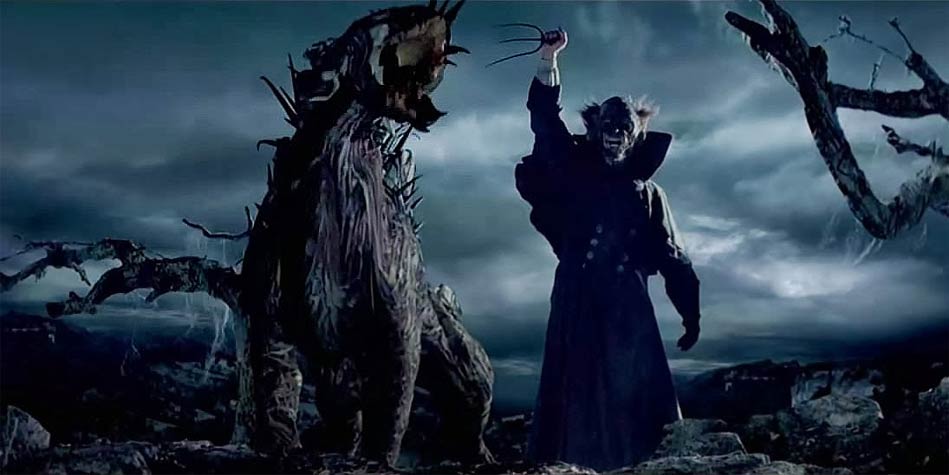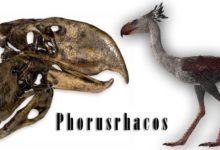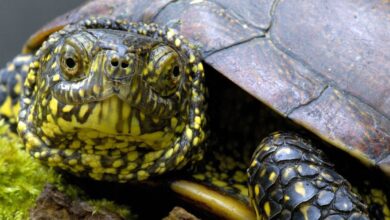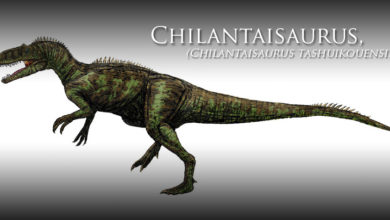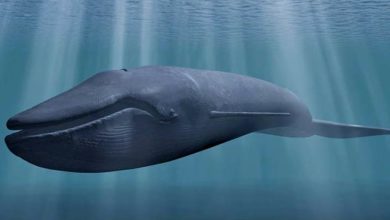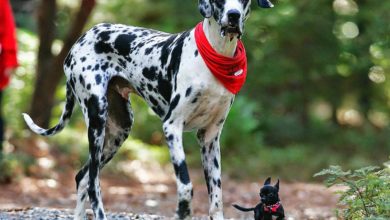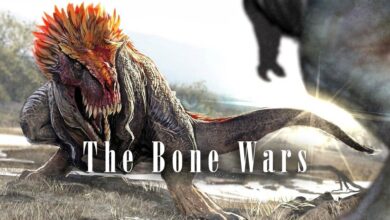Beast of Gévaudan (La Bête du Gévaudan)
The events presented in the film “The Wolf Brotherhood” (fr. Le pacte des loups) are not just the product of the director’s imagination. The beast, about which the French film talks, sowed fear in 18th-century France. Even the King of the country got involved in the whole affair, but to this day, it is uncertain what has happened in the province of Gévaudan for several years.
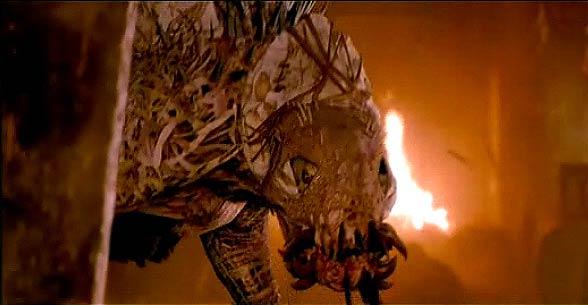
Origin and appearance
Between 1764 and 1767 the wolf-man-eaters prowled in the former province of Gévaudan (today’s department of Lozère and part of the Upper Loire), more precisely, in the mountainous region of Margeride in south-central France. Attacks took place in an area extending for about 80 – 90 km, and for the victims’ characteristic throat was torn out. It was said that the beast had enormous teeth and tail, a few witnesses had seen an animal with killed victims, but they did not die themselves.
The situation in the country was so serious that the French government became interested in it, which allocated a lot of energy and money to hunt the beast, and both noblemen and military, civilians and royal hunters set out to find a bloodthirsty creature.
The descriptions vary from one source to another, but in general, they resembled a wolf the size of a cow. It had a big head, a dog, straight, slit ears, a wide chest and a big mouth, in which huge teeth were growing. According to some descriptions, on this mouth, a pig’s or calf muzzle was mounted. The claws were razor-sharp, the fur was shimmering with red shades, although black was penetrating the back. Witnesses also claimed that the beast smelled unpleasant.
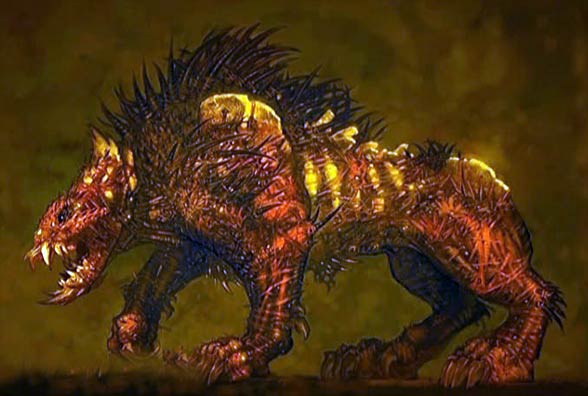
Attacks
For the first time, a strange murder was documented in the early summer of 1764, when a young woman grazed cattle in the Mercoire forest near Langogne. As long as there were large bulls close to the women, the beast kept a distance, but when they moved away, it attacked.
Soon after, the first official victim of the beast was found – a 14-year-old child who died near Les Hubacs, near Langogne. Over the following months, more attacks of this type were reported, soon pale fear fell on the local population. The main victims of the beast were lonely wandering men, women, and children.
Post-mortem reports show that the greatest damage was to the head and neck – bites were not visible on the shoulders or legs, the parts of the body that predators, such as wolves, most often attack.
In December 1764 rumors spread about the existence of several beasts. The reason for this view was the high frequency of attacks, many of which took place at the same time. The new year brought no peace – on 12 January 1765 Jacques Portefaix and seven of his friends were attacked. After a few attempts, the group managed to escape because they stayed together.
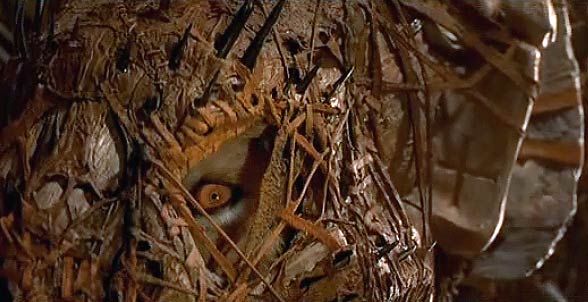
The King’s Commitment
News from Gévaudan reached Louis XV, who admitted 300 livres to Jacques Portefaix and shared 350 livres among his companions, deciding at the same time that he would help the French to find and kill the beast. Three weeks later, the king sent two professional hunters to the unfortunate province, accompanied by eight trained wolf hunters. For the next 4 months, two hunters caught Eurasian wolves, hoping that this would turn out to be the beast.
Nevertheless, the attacks continued to recur, so in June they were replaced by François Antoine, the gunsmith of the king and of the Great Wolf Hunter of the Kingdom. In September 1767 Antoine killed his third “suspect” – a large gray wolf, measuring 80 cm in height, 170 cm in length and weighing 60 kg.
Soon after, he officially stated that it was the largest wolf found, which cannot be compared to any other. Therefore, the predator was declared guilty of all attacks. Those who managed to escape the beast confirmed the suspect’s “identity” – apparently the scars on its body were a reminder of the defending victims.
The killed predator was stuffed and sent to Versailles, where the hunter was proclaimed a hero and rewarded with a large sum of money, title and numerous prizes. The joy of killing the beast, however, lasted only two years – on December 2, 1769, an animal resembling a wolf attacked two men. Over a dozen deaths caused by the attack of an unidentified animal were recorded in the vicinity of La Besseyre-Saint-Mary.
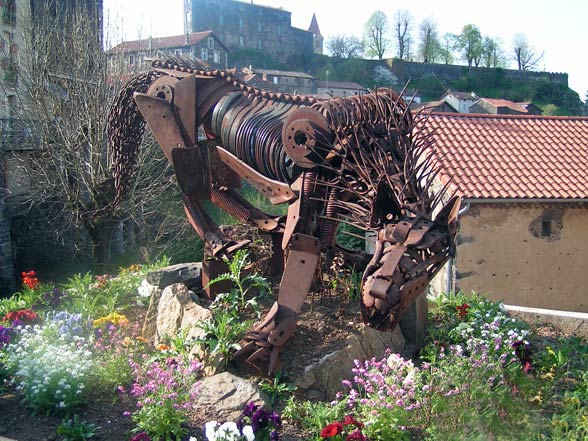
The end of the reign of the beast
The final end of the bloody hunt for humans was to kill the creature in 1770. This was done by Jean Chastel, who claimed that he hunted it down on June 19 at the Sogne d’Auvers. He was, however, a controversial figure, according to Chastel, passed down from generation to generation, he caught the beast by reading the Bible and praying. During one of them, the beast came to him, staring persistently at the praying man. After finishing the prayer, Chastel shot the beast.
This behavior, just like for a predator, is simply incorrect and impossible. Until today, those interested in the topic think that Chastel cooperated with the beast, and maybe even trained her. With time, a silver ball was added to the whole story, which Jean cast himself and killed the big man-eater.
To this day, it is not known for sure what really killed people in Gévaudan. Some suggest that it was one wolf, others blame the entire pack of wolves for this tragedy. In the eighteenth century and later it was even claimed that it was a werewolf or a kind of God’s punishment. In 2001, a French naturalist suggested that the beast was a dog from Bordeaux belonging to Chestel Resistance to bullets could be due to the “armor” made of young boar’s skin, which also gave him an unusual coloring. Hyenas were also suspected of being attacked, but the number of teeth excluded them from the circle of suspects (hyenas have 34 teeth, the beast had 42).
It is difficult to determine the total number of victims. Estimates from 1987, based on numerous sources, report about 210 victims, of which 113 were killed and 49 were injured, 98 were partially eaten. According to other sources, the beast killed 60 – 100 adults and children, and injured more than 30.

Interesting facts
- In the film “The Wolf’s Brotherhood” (fr. Le pacte des loups), the suggestion is that the beast was a disguised lion.

